Fire sprinklers are one of the most effective ways to control and suppress fires before they spread. They protect lives, minimise property damage, and are required in most commercial buildings and many residential projects across Australia for fire safety. But how do fire sprinklers work?
The Basics of a Fire Sprinkler System
A fire sprinkler system is a network of pipes, valves, and sprinkler heads installed in a building to provide rapid, automatic fire suppression. When a fire starts, the sprinkler system detects the heat, releases water, and helps stop the fire from spreading.
Each system is connected to a reliable water supply (often the water main) with appropriate water pressure to ensure consistent flow through the system piping. When a sprinkler head activates, it sprays water directly onto the source of the heat, cooling the area and limiting fire damage.
How Fire Sprinklers Detect and Respond to Fire
Contrary to common belief, sprinklers are not triggered by smoke. They respond to heat. Each sprinkler head contains a small glass bulb or fusible link filled with a liquid that expands as the ambient temperature rises. When the temperature reaches around 68°C, the bulb shatters or the link melts, opening the sprinkler and releasing pressurised water.
Because each head operates independently, only the sprinklers near the fire activate. This targeted response limits water damage and ensures fire protection where it is needed most.
Automatic sprinklers are designed to respond quickly to the heat release rate of a fire. The combination of automatic detection, rapid water flow, and precise spray patterns makes fire sprinklers one of the most reliable fire protection systems available.

Main Types of Fire Sprinkler Systems
There are several types of fire sprinkler systems, each designed for different building environments and hazards.
1. Wet Pipe Systems
Wet pipe systems are the most common type in commercial buildings and residential buildings. The pipes are always filled with water under pressure. When a sprinkler head activates, water is released immediately.
Wet systems are simple, low in maintenance costs, and highly reliable. They are widely regarded as the best option for environments where the temperature stays above freezing.
2. Dry Pipe Systems
Dry pipe sprinkler systems are used in areas subject to freezing temperatures, such as loading docks, warehouses, or storage facilities. Instead of water, the pipes are filled with pressurised air or nitrogen held back by a dry pipe valve.
When heat activates a sprinkler head, the air is released first, allowing water to flow into the pipes from the main supply. This delay is minimal but prevents frozen pipes and costly damage in cold environments.
3. Pre-Action Systems
Pre-action systems combine features of both wet and dry systems and are controlled by a separate fire detection system such as smoke or heat detectors.
These systems are typically used in places where accidental activation could cause severe damage, such as data centres, museums, or archives. Only when a detector senses a fire and a sprinkler head activates will water be released, adding an extra layer of control.
4. Deluge Systems
Deluge systems use open sprinkler heads connected to empty pipes. When activated, usually by a manual activation or separate fire alarm, water flows through all sprinkler heads simultaneously.
This type of system is used for high-risk areas with flammable liquids or equipment, such as aircraft hangars or chemical plants. The large volume of water or foam spray helps to contain fires that spread quickly.
5. Water Mist and Foam Spray Systems
In certain circumstances, water mist systems or foam spray systems are used to reduce water damage while providing effective fire suppression. These systems release fine water droplets or foam to cool and smother flames while using less water than traditional sprinklers.

Components of an Automatic Fire Sprinkler System
A complete automatic fire sprinkler system includes several essential parts working together:
Sprinkler heads – detect heat and release water.
Piping system – distributes water throughout the building.
Valves and alarms – control flow and alert building occupants.
Water supply – ensures sufficient pressure and flow, often connected to the water mains.
Control panel – integrates with fire detection and monitoring systems.
These components are installed and maintained by qualified professionals such as a fire sprinkler fitter, ensuring compliance with Australian Standards and local building codes.
Installation and Maintenance
Proper fire sprinkler installation is critical to performance and safety. A certified fire sprinkler fitter will design and install the system piping according to the building’s layout, water pressure, and fire risk level.
After installation, regular servicing is essential. Fire sprinklers must be inspected, tested, and maintained to ensure reliability. This includes checking valves, testing alarms, inspecting sprinkler heads, and flushing pipes to remove debris or corrosion.
Professional maintenance helps reduce damage caused by leaks or faults and ensures your fire protection system performs as intended when needed most.
The Benefits of Fire Sprinkler Systems
Installing an automatic fire sprinkler system offers numerous advantages:
- Rapid response – activates within seconds of detecting heat.
- Life safety – reduces fatalities and injuries by containing fires early.
- Property protection – limits structural damage and loss of assets.
- Lower insurance premiums – many insurers offer reduced rates for protected buildings.
- Proven reliability – a track record of controlling or extinguishing fires before emergency services arrive.
For businesses, shopping centres, and other commercial buildings, fire sprinklers are an essential safeguard. For residential properties, they offer peace of mind knowing that your family and home are protected around the clock.
Why Choose Fullworks Fire Safety
At Fullworks Fire Safety, we service fire sprinkler systems and other fire protection equipment across Western Australia. Our experienced team delivers reliable service for all building types, from small residential buildings to large storage facilities and shopping centres.
With our proven experience, we help businesses stay safe, compliant, and ready for any fire emergency.
Get in contact with us today to see how we can assist with your fire sprinkler needs.
Frequently Asked Questions
1. How often should a fire sprinkler system be serviced?
It is recommended to have your system inspected at least every six months, with annual testing by a licensed technician to ensure all components operate correctly.
2. Can one sprinkler set off the whole system?
No. Each sprinkler head operates independently. Only the sprinklers exposed to high heat will activate, preventing unnecessary water flow.
3. What happens if a sprinkler accidentally activates?
Accidental activation is rare and usually caused by mechanical damage or extreme heat near the sprinkler head. Proper maintenance and protection minimise this risk.
4. Do sprinklers use the same water as the building’s plumbing?
In most cases, yes. The sprinkler system connects to the building’s water main but operates through separate pipes and valves designed for high pressure and fire conditions.
5. Are fire sprinklers required in all buildings?
Requirements depend on building use, height, and occupancy type. Most commercial buildings, warehouses, and certain residential buildings must have sprinkler systems installed under Australian Standards.

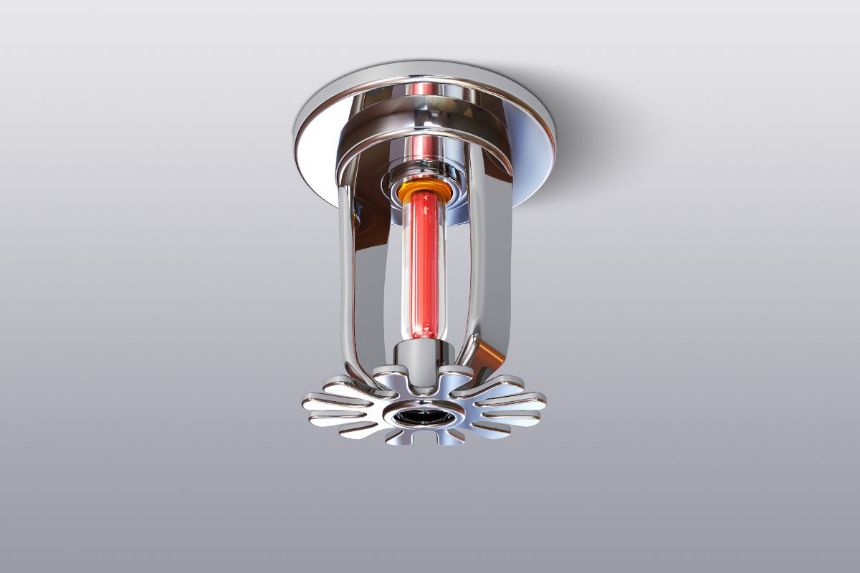

_860.jpeg)
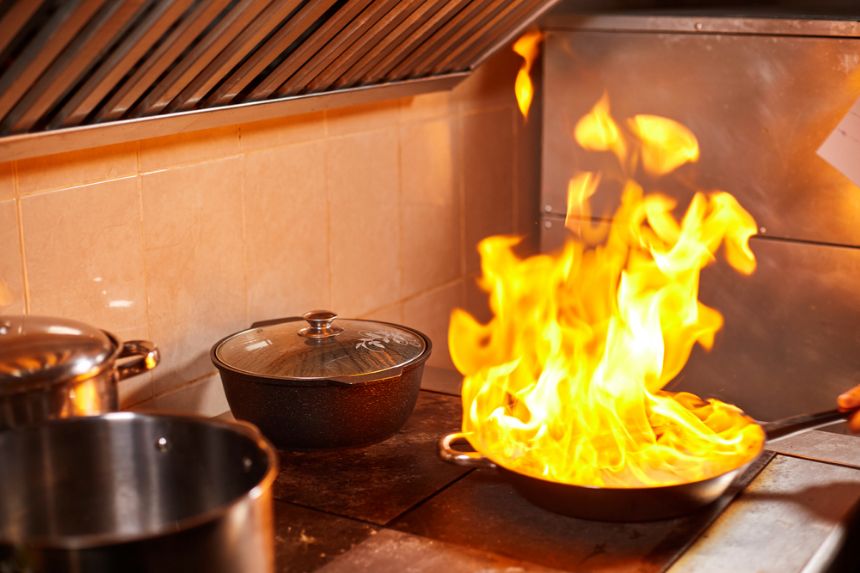
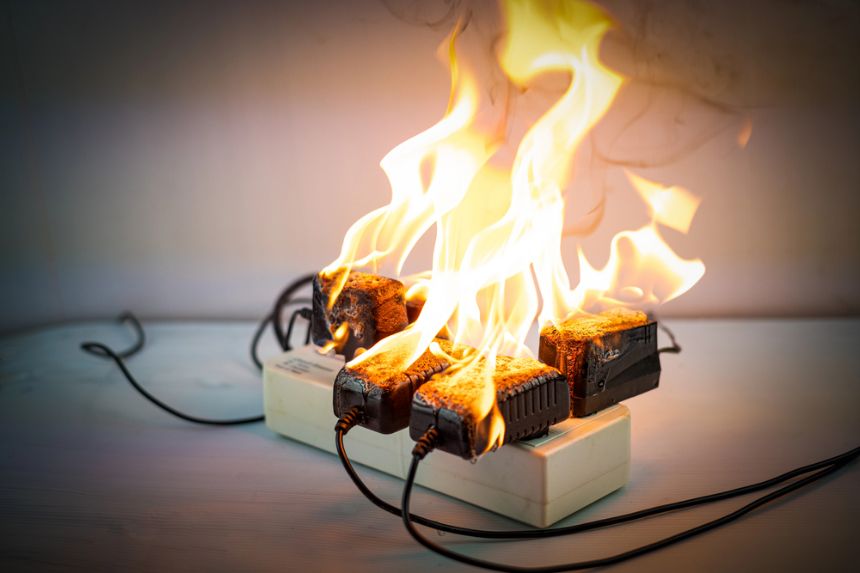
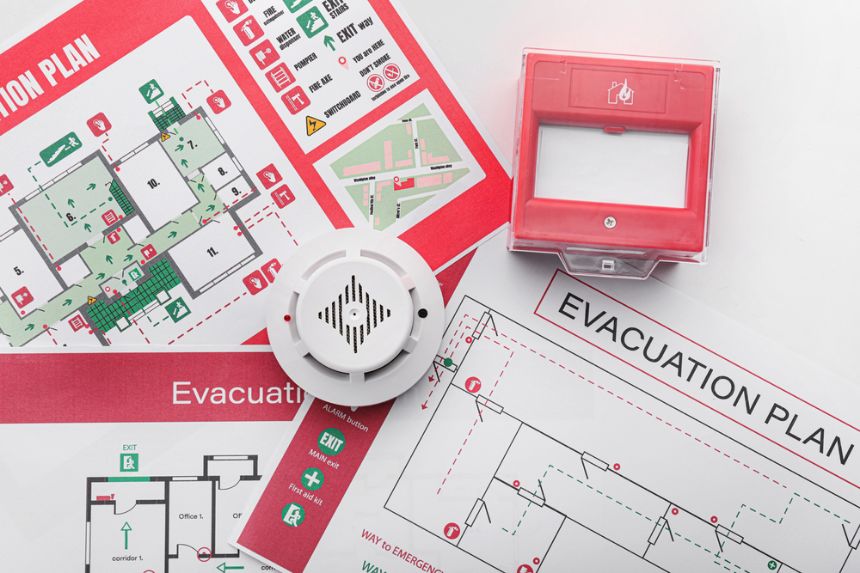

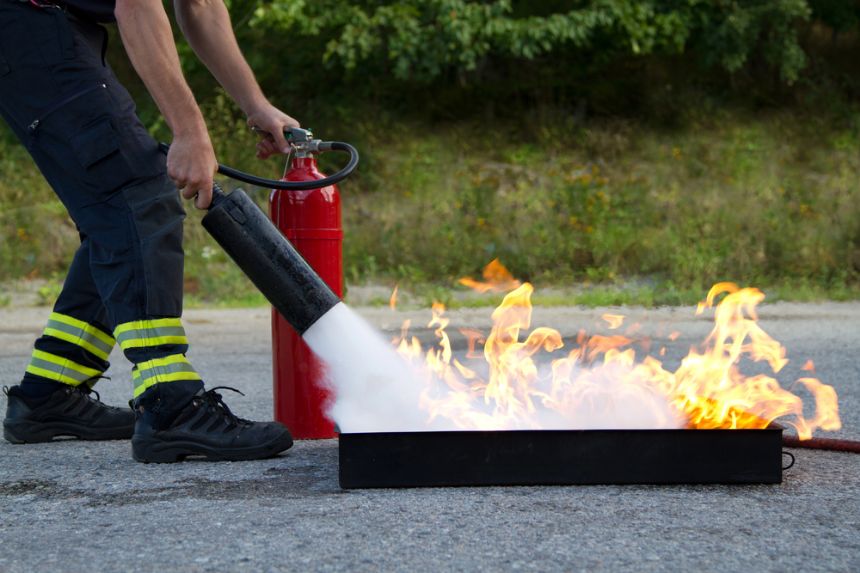
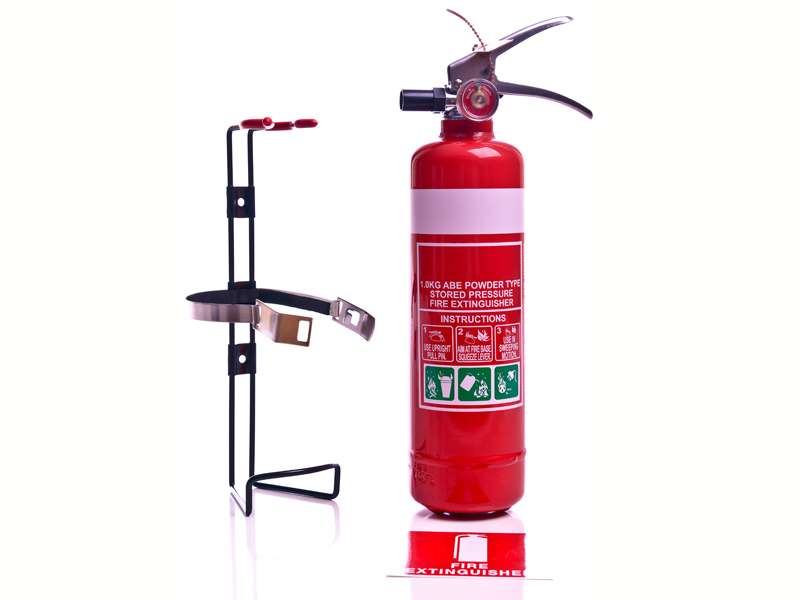 Fire safety involves everyone. Australia has to deal with more fires than probably anywhere else in the world due to the climate and when things go wrong, they go very wrong. We share some quite frightening statistics, but by having some fire safety knowledge and fire safety equipment available in your home could make the difference one day. We would hope you never need to use this knowledge and equipment, however, just in case, what is it you need?
Fire safety involves everyone. Australia has to deal with more fires than probably anywhere else in the world due to the climate and when things go wrong, they go very wrong. We share some quite frightening statistics, but by having some fire safety knowledge and fire safety equipment available in your home could make the difference one day. We would hope you never need to use this knowledge and equipment, however, just in case, what is it you need?

